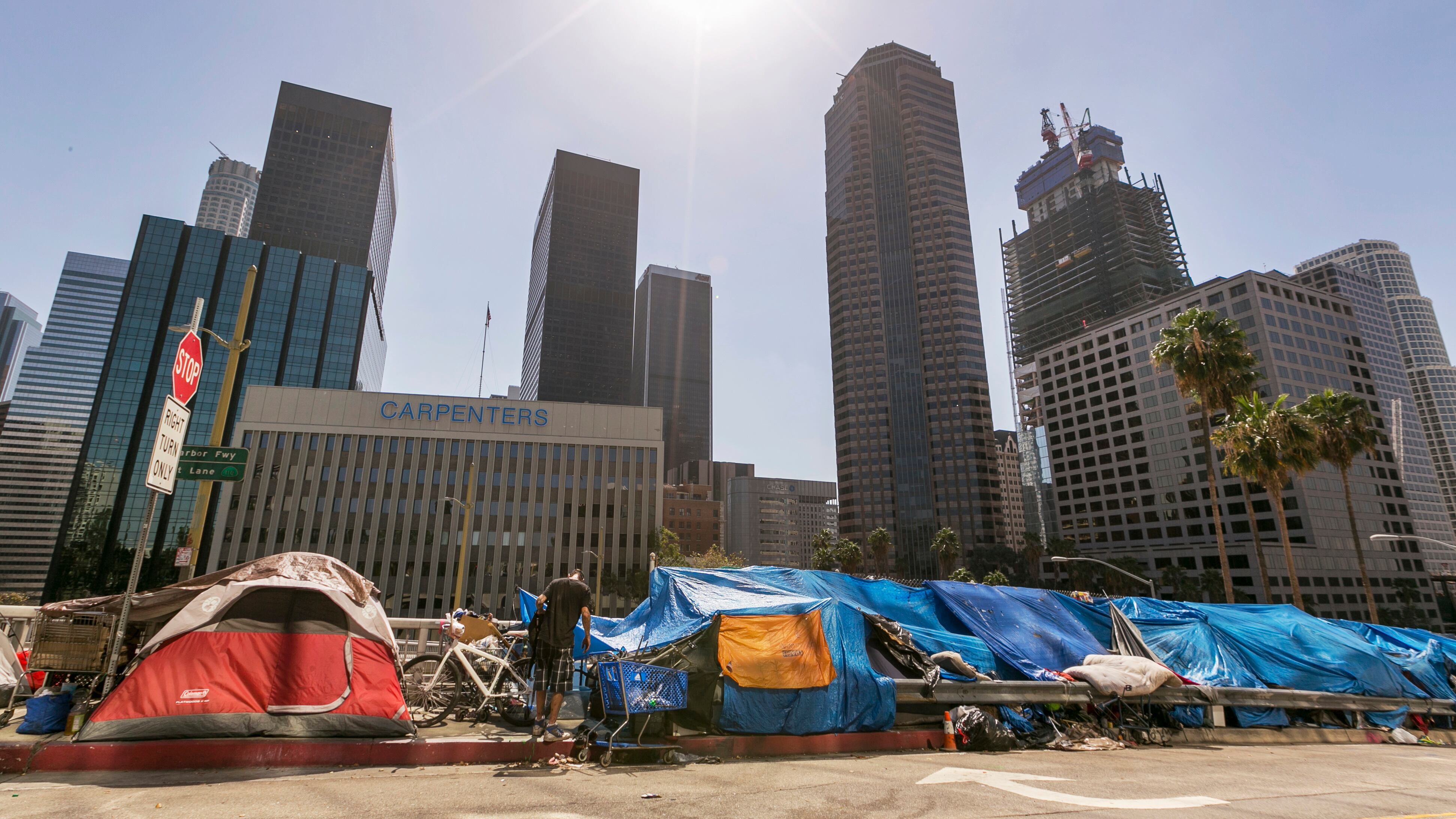A new study published Monday revealed a wide discrepancy between mortality rates among the unhoused and housed communities in San Francisco.
The study, conducted by two researchers at UC San Francisco, found that in a group of 868 sudden deaths presumed to have occurred due to cardiac complications across an eight-year period, the mortality rate was 16 times higher for unhoused individuals in San Francisco when compared to the mortality rate for housed individuals.
While some media outlets interpreted the study as saying that unhoused individuals in San Francisco County are 16 times more likely to die suddenly than housed individuals, the focus on cardiac deaths provides a more complex conclusion.
Cardiac arrest deaths are not the only kind of sudden deaths. Other causes of sudden death facing the unhoused community can include homicides, suicides and transportation accidents. There are also many other causes of potential unhoused deaths, like diseases or sicknesses caused by poor living conditions.
While the calculated mortality rate in this study’s eight-year-long, cardiac-focused scenario was 16 times higher in the unhoused community compared to the housed community, it is not factually correct to say that unhoused individuals are 16 times more likely to die suddenly in San Francisco.
Dr. Jared Schachner, a research scientist at USC’s Price School of Public Policy, said that when compared to San Francisco, Los Angeles faces a “similar problem, just on a larger scale in terms of the health risks faced by the population.”
The City of San Francisco’s most recent report on the population of people experiencing homelessness registered the population size at over 7,700 individuals. According to the 2023 Greater Los Angeles Homeless Count, the city’s unhoused population is at an all-time high with over 46,000 Angelenos currently living on the street.
Because Schachner believes that the issues facing unhoused individuals are similar in both cities, regardless of the difference in population size, Los Angeles statistics can provide a closer example of the actual current mortality rate gap in San Francisco.
According to the most recent Los Angeles County data released in a L.A. County Mortality Report in May, the mortality rate among unhoused people was 3.8 times higher than the mortality rate among housed people in the county between 2020 and 2021.
While a mortality rate ratio closer to four is far less concerning than the perceived 16, it is still a troublesome number.
The recent recorded gap is the largest in Los Angeles County history. The previous high was recorded between 2017 and 2019, when the mortality rate among unhoused people was 2.9 times higher than the mortality rate among housed people.
L.A. County reported that 2021 was the first year in history in which the number of unhoused deaths crossed 2,000. The Mortality Report registered 2,201 deaths in the record-high year, an increase of about 400 deaths from 2020. About 760 unhoused people died just five years before in 2015.
According to experts, there are multiple possible explanations for the rise.
“Like many other homelessness researchers, I believe homelessness is fundamentally a housing problem,” Schachner said. “Housing is certainly a key ingredient to ensure that [health] risks can be properly managed and that stress can be reduced.”
Ben Henwood, a professor at USC’s Suzanne Dworak-Peck School of Social Work, points to the dangers of drugs as the main cause for the mortality rate rise in both Los Angeles and San Francisco.
“Over the past four or five years, we have seen that overdose, unintentional overdose, is the leading cause of death among people experiencing homelessness basically across all races and ethnicities, as well as gender, as well as age,” Henwood said.
The 2023 Mortality Report’s data falls in line with Henwood’s claim.
In the report’s recent period of study spanning 2020 and 2021, L.A. County found that the mortality rate in deaths caused by overdose among unhoused people was 38.9 times higher than the mortality rate among housed people. According to the report, more people experiencing homelessness died due to overdose in 2020 and 2021 than in at least the previous six years combined, spanning back to when L.A. County started tracking overdose-caused deaths.
Henwood attributes a portion of this staggering climb to the country’s fentanyl crisis, which he said “obviously disproportionately impacts our homeless population.”
The researchers who composed the Mortality Report shared findings that back up Henwood’s claim.
“Our analysis of drug types involved in overdose deaths suggests that fentanyl has rapidly replaced other opioids among users in this population and is the drug most responsible for the recent increase in overdose deaths,” the researchers wrote in the report’s conclusion section.
The prevalence of overdose deaths potentially explains why the cardiac death rate among unhoused individuals in the UC San Francisco study was so much higher than it was among housed individuals.
